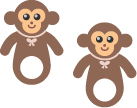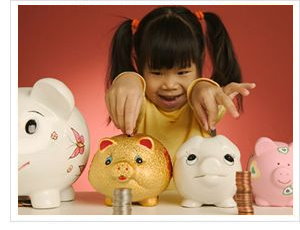Perceiving quantity: Subitzing


The reality of numbers
The ability to subitize large numbers of items isn’t just amazing to us adults; it’s also extremely useful when it comes to teaching mathematics. That’s because we can use this ability to help very young children grasp the reality of numbers.
The normal way to teach numbers is to teach the symbols that represent them – 1, 2, 3, etc.
However, it is much better to teach children what these symbols really represent – that is, how many items actually make up 1, 2, etc. Renowned educator Maria Montessori knew this when she recommended that children first experience numbers in the physical sense – as 1 or 2 beads in a bowl, right up to lattices of 100, 200 or 1,000 beads.
The same idea applies when teaching math to your baby or very young child by the flash method, which starts with quantity recognition, and progresses to two-, three- and four-step equations – all of which can be performed by young children without a calculator!
The ability to perceive quantity – or to name a perceived quantity – does not of course automatically give your child the ability to do math. But if you can get your child doing equations before he loses the ability to subitize large quantities, then your child should always understand the reality of such equations – even after he has lost the ability to subitize their components. His brain will have been trained to manipulate dozens, even hundreds of items, just as effortlessly as the rest of us can visually subtract 5 items from 7 to make 2.
What will this mean in the long run? It may not be possible to train your child to become one of the world’s greatest mathematicians. What you can do, however, is give your child the gift of feeling comfortable with numbers and numerical concepts starting from before school – and for the rest of her life.
When should I start teaching my child math?